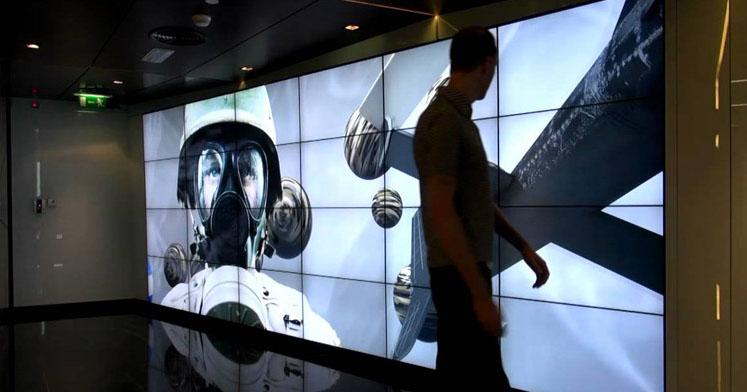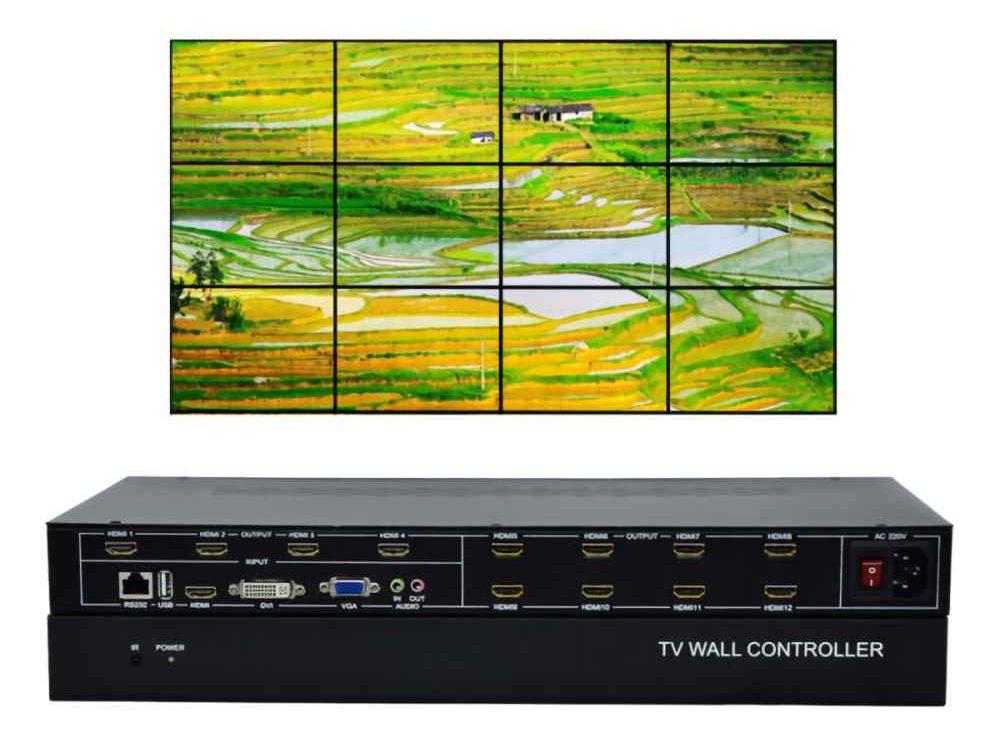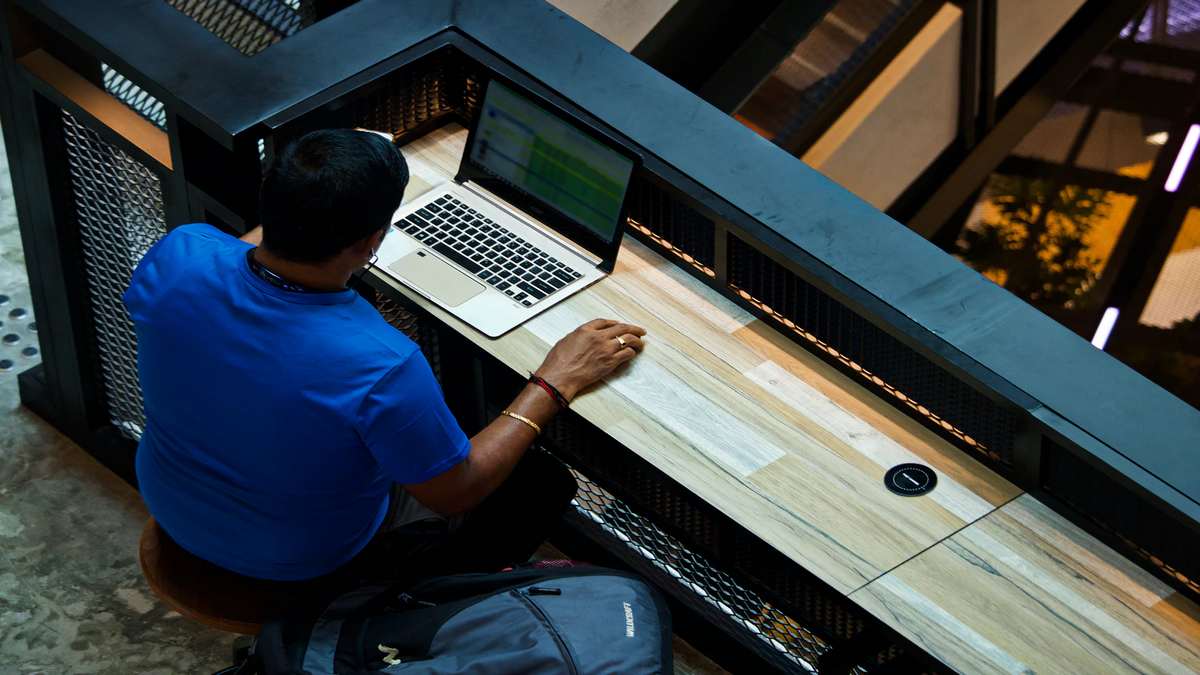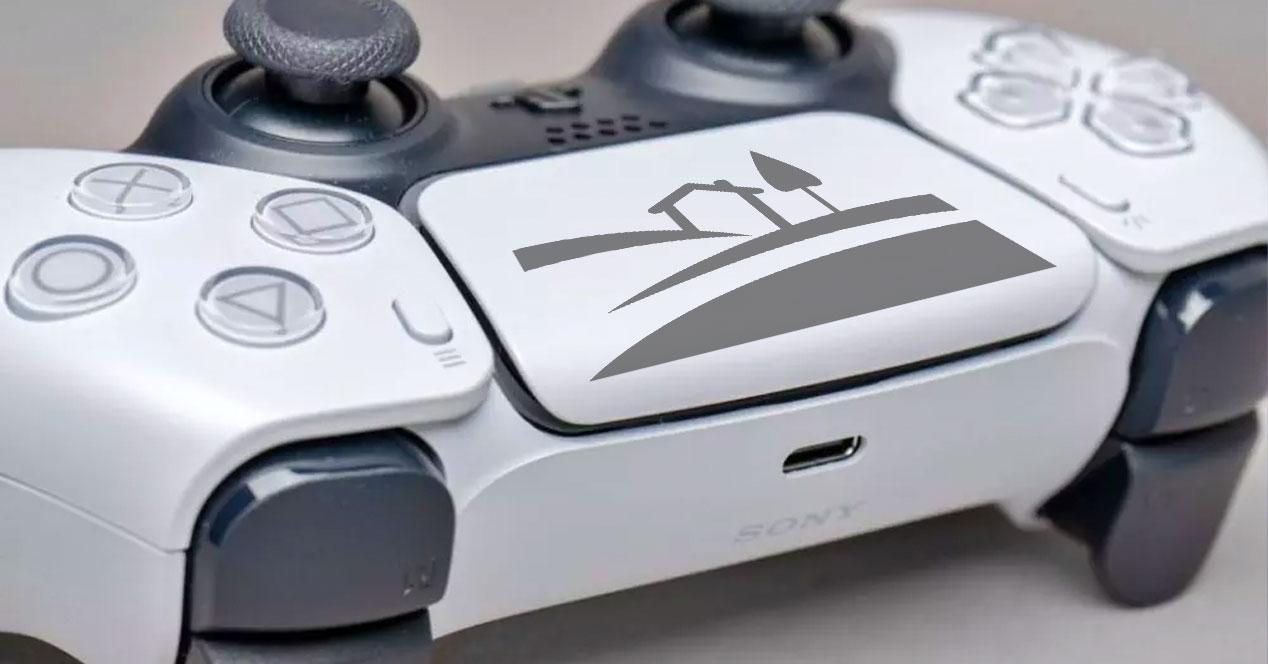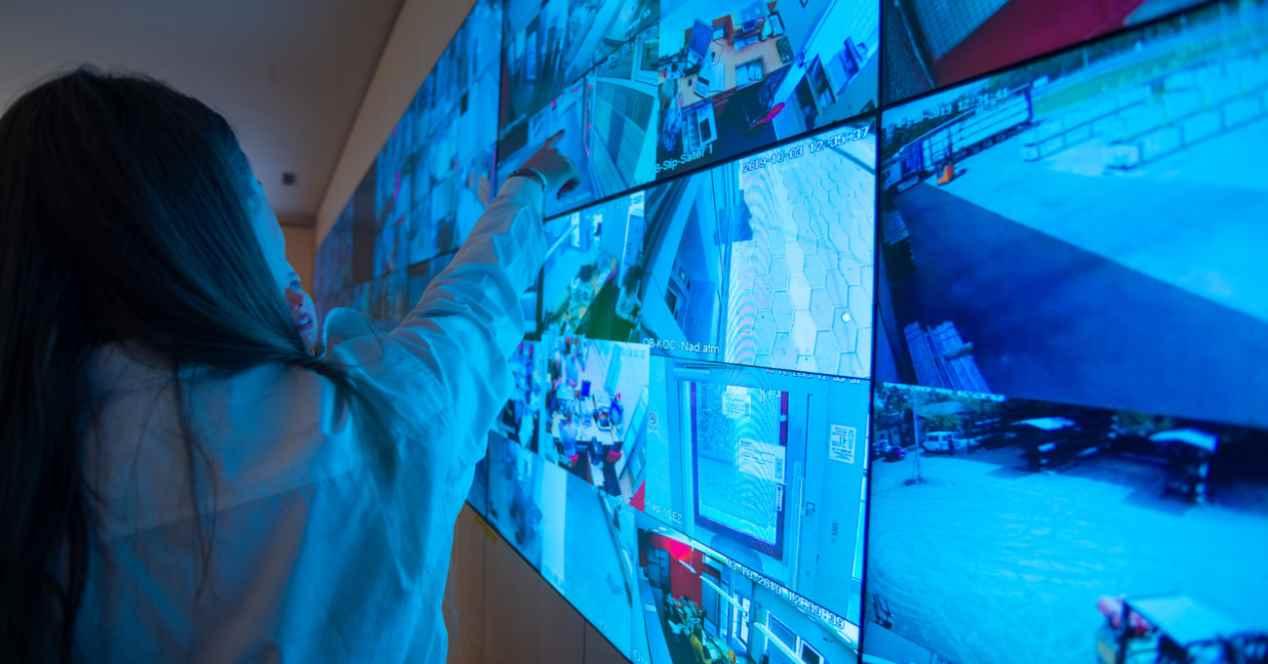
There are times when we need to have the easiest possible screen and we have to look for tricks to achieve it. This is where the concept of VideoWall, which can be translated as the most extreme panel configuration you can see for a PC. What is it, how does it work and what is it used for?
Video Walls are found everywhere, if you live in a big city you will see them in the form of large advertising panels, they are the product of one of the advantages of flat screens compared to the long-retired cathode ray tube screens. Nevertheless. Have you ever wondered how they work?
What is a Video Wall?
Under this signifier we refer to large monitors, hence its literal translation is video wall. The catch, however, is that they are made using several smaller panels interconnected with each other, since smaller panels are much cheaper than one large one. What’s more, if you get close enough to the different large-scale advertising screens, you will be able to see the separation line of the different screens of the composite panel.
This also means that the video signal is generated separately by each of the panels that make it up, it must be synchronized at the same time. Therefore, they cannot opt for different types of screen, since if they have different specifications, they cause a lack of synchronization when it comes to showing the image to the viewer.
Another of the essential things for a video wall is that the screens do not have visible frames of any kind to be placed next to each other and give the appearance of a larger one. In addition to having shared power supplies in order to simplify the number of cables in that regard. So if you ever have to mount one you will find that they all use the same PSU for their power supply.
How is the image generated?
Depending on the configuration of the Video Wall, the graphics card of the computer transmitting the images will split the image buffer in one way or another. That is to say, first the complete image is generated in the video memory, so that later the display controller divides the image accordingly. We may have a 2 x 2 screen panel or a 1.4 screen panel. Whatever it is, it is required to do the division and symmetric sending of the data.
In the case of some screens of this type they have a single HDMI or DisplayPort input, but contain an external box that does the work of image division and synchronization. This unit is called a processor, but it should not be confused with the CPU of our computer.
What is it for?
Well, to be able to have a moving image with a high resolution in pixels and, therefore, with a level of detail that would not be possible with a traditional screen. Due to the large size of the sum of screens that is a Video Wall, its main functionality is for advertising and even ads are created only for this format with the aim of calling the attention of as many people as possible about the product or advertised service.
On a much smaller scale we can create a Video Wall at home, however, if we want to use it, for example for games, we would have to have the ability to render at those high resolutions. Which is unfeasible even for the most powerful cards on the market if we want to move the most cutting-edge games. So it ends up being reduced to being a simple video presentation panel with a lot of complications in the middle.
